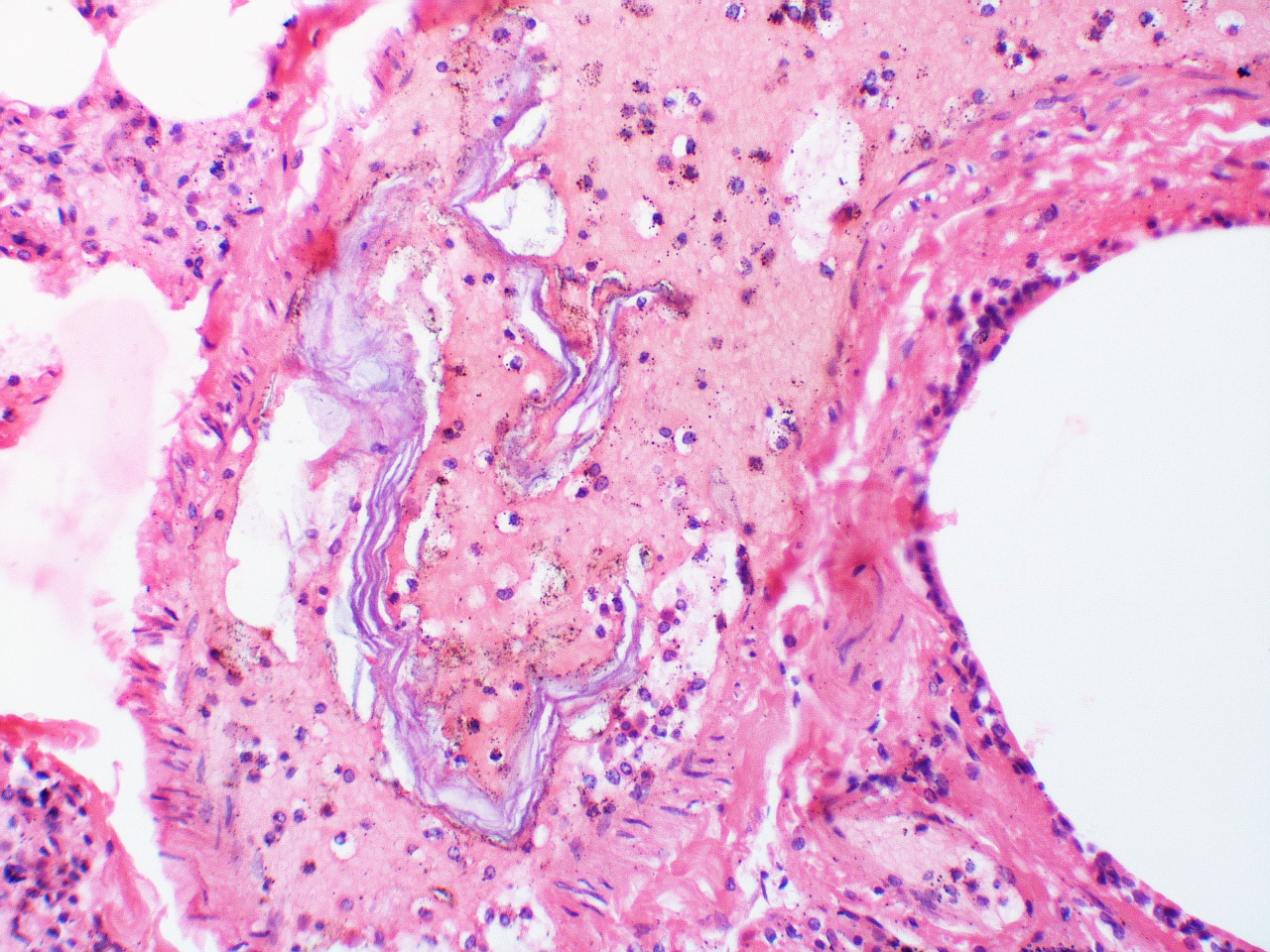Amniotic Fluid Embolism Causes, Symptoms, Diagnosis and Treatment

What Is Amniotic Fluid Embolism?
Amniotic fluid embolism is a rare but serious condition that occurs when amniotic fluid — the fluid that surrounds a baby in the uterus during pregnancy, or fetal material, such as fetal cells, enters the mother’s bloodstream.
Amniotic fluid embolism is most likely to occur during delivery or immediately afterward.
It is very difficult to diagnose leading to a high mortality rate.
Having amniotic fluid embolism makes one susceptible to:
- Brain injury.
Low blood oxygen can cause permanent, severe neurological damage or brain death. - Lengthy hospital stay.
Women who survive an amniotic fluid embolism often require treatment in the intensive care unit. - Maternal death.
- Infant death.
Causes Of Amniotic Fluid Embolism:
It is thought that amniotic fluid embolism results from amniotic fluid entering the maternal circulation via the uterine veins, which then has either a direct effect on the lungs, or triggers an immune response in the mother.
In order for amniotic fluid to enter the maternal circulation, there are three prerequisites:
- Ruptured membranes (a term used to define the rupture of the amniotic sac)
- Ruptured uterine or cervical veins
- A pressure gradient from uterus to vein
Although exposure to fetal tissue is common and thus finding fetal tissue within the maternal circulation is not significant, in a small percentage of women this exposure leads to a complex chain of events resulting in collapse and death.
Certain factors can increase the likelihood of developing amniotic fluid embolism. They include:
- Advanced maternal age.
- Placenta problems.
- Preeclampsia.
- Medically induced labor.
- Operative delivery.
- Polyhydramnios.
Symptoms Of Amniotic Fluid Embolism:
Signs and symptoms include:
- Sudden shortness of breath
- Excess fluid in the lungs (pulmonary edema)
- Sudden low blood pressure
- Sudden failure of the heart to effectively pump blood (cardiovascular collapse)
- Life-threatening problems with blood clotting (disseminated intravascular coagulopathy)
- Altered mental status, such as anxiety
- Chills
- Rapid heart rate or disturbances in the rhythm of the heart rate
- Fetal distress, such as a slow heart rate
- Seizures
- Coma
- Sudden fetal heart rate abnormalities
- Bleeding from the uterus, incision or intravenous (IV) sites
- Cardiac arrest
- Sudden respiratory failure
Diagnosis Of Amniotic Fluid Embolism:
The following tests and exams confirm the diagnosis of amniotic fluid embolism:
- Blood tests, including those that evaluate clotting, heart enzymes, electrolytes and blood type, as well as a complete blood count (CBC)
- Electrocardiogram (ECG or EKG) to evaluate the heart’s rhythm
- Pulse oximetry to check the amount of oxygen in the blood
- Chest X-ray to look for fluid around the heart
- Echocardiography to evaluate the heart’s function
Treatment Of Amniotic Fluid Embolism:
Amniotic fluid embolism requires immediate attention and treatment.
Emergency treatments include:
- Catheter placement
- Oxygen
- Medications
- Transfusions
By : Natural Health News




